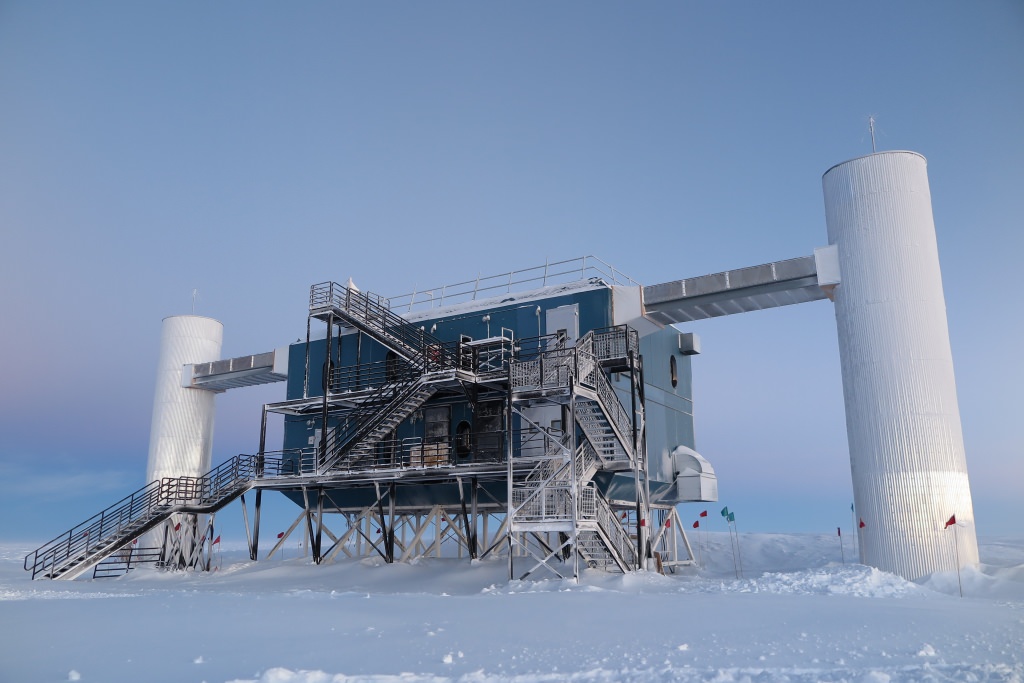
CUORE was assembled in this specially designed clean room to help protect it from contaminants. (Credit: CUORE collaboration)
Why does the universe favor matter over antimatter? The first glimpse of data from the full array of a deeply chilled particle detector operating beneath a mountain in Italy sets the most precise limits yet on where scientists might find a theorized process to help explain why there is more matter than antimatter in the universe. This new result is based on two months of data from the full detector of the CUORE (Cryogenic Underground Observatory for Rare Events) experiment at the Italian National Institute for Nuclear Physics’ (INFN’s) Gran Sasso National Laboratories (LNGS) in Italy. CUORE means “heart” in Italian.
CUORE is considered one of the most promising effo...
Read More









Recent Comments